Regulatory Compliance
Regulatory compliance is an essential driver influencing the Hot Stamping Body-in-White Market. Governments worldwide are implementing stringent regulations aimed at reducing vehicle emissions and enhancing safety standards. These regulations compel automotive manufacturers to adopt advanced manufacturing techniques, such as hot stamping, which allows for the production of lightweight and high-strength components. Compliance with these regulations not only ensures market access but also enhances brand reputation among environmentally conscious consumers. The pressure to meet these standards is likely to drive investments in hot stamping technologies, as manufacturers seek to innovate and remain competitive. As the regulatory landscape continues to evolve, the Hot Stamping Body-in-White Market is expected to experience sustained growth, driven by the need for compliance and innovation.
Sustainability Initiatives
The increasing emphasis on sustainability initiatives is a pivotal driver for the Hot Stamping Body-in-White Market. Manufacturers are increasingly adopting eco-friendly practices, which include the use of lightweight materials that enhance fuel efficiency and reduce emissions. The automotive sector is under pressure to comply with stringent environmental regulations, leading to a surge in demand for hot stamping techniques that allow for the production of high-strength, lightweight components. This shift not only aligns with global sustainability goals but also caters to consumer preferences for greener vehicles. As a result, the Hot Stamping Body-in-White Market is witnessing a notable uptick in investments aimed at developing sustainable manufacturing processes, which could potentially reshape the competitive landscape in the coming years.
Technological Advancements
Technological advancements play a crucial role in propelling the Hot Stamping Body-in-White Market forward. Innovations in hot stamping technology, such as improved die designs and enhanced material properties, are enabling manufacturers to produce more complex and lightweight structures. The integration of automation and robotics in the stamping process is also streamlining production, thereby reducing costs and increasing efficiency. According to recent data, the adoption of advanced hot stamping techniques has led to a 20% reduction in production time, which is significant for manufacturers aiming to meet rising consumer demand. As these technologies continue to evolve, they are likely to further enhance the capabilities of the Hot Stamping Body-in-White Market, making it a focal point for automotive manufacturers.
Shift Towards Lightweight Vehicles
The automotive industry's shift towards lightweight vehicles is a significant driver for the Hot Stamping Body-in-White Market. As manufacturers strive to improve fuel efficiency and reduce carbon footprints, the demand for lightweight materials has surged. Hot stamping offers a viable solution, allowing for the production of high-strength components that contribute to overall vehicle weight reduction. Recent studies indicate that vehicles utilizing hot stamped components can achieve weight savings of up to 30%, which is critical in meeting regulatory standards for emissions. This trend is expected to continue, as consumers increasingly favor vehicles that offer better performance and lower environmental impact. Consequently, the Hot Stamping Body-in-White Market is positioned to benefit from this ongoing transition, as manufacturers seek to leverage advanced stamping techniques to meet evolving market demands.
Consumer Preferences for Safety and Performance
Consumer preferences for safety and performance are increasingly shaping the Hot Stamping Body-in-White Market. As buyers become more discerning, they prioritize vehicles that offer enhanced safety features and superior performance. Hot stamping technology enables the production of stronger and more resilient components, which are essential for meeting these consumer demands. Recent market analyses suggest that vehicles equipped with hot stamped parts exhibit improved crash performance, which is a critical factor for safety-conscious consumers. This trend is likely to drive manufacturers to invest in hot stamping processes to enhance their product offerings. As consumer expectations continue to evolve, the Hot Stamping Body-in-White Market is poised to adapt, ensuring that manufacturers can deliver vehicles that align with these heightened safety and performance standards.


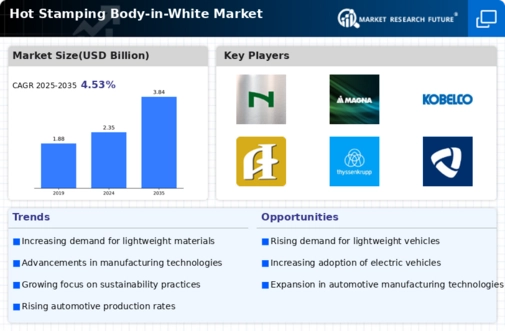
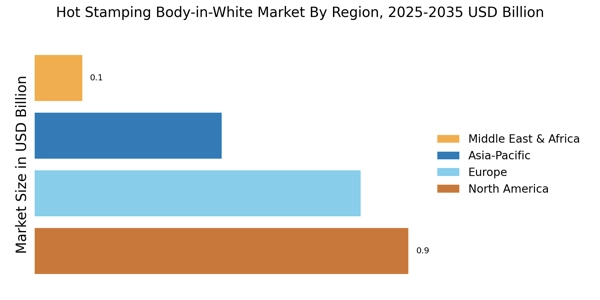
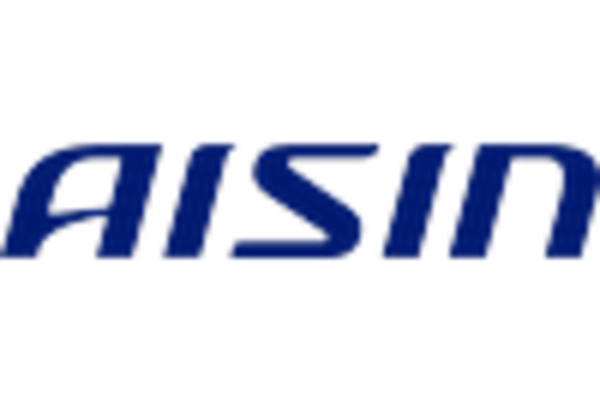
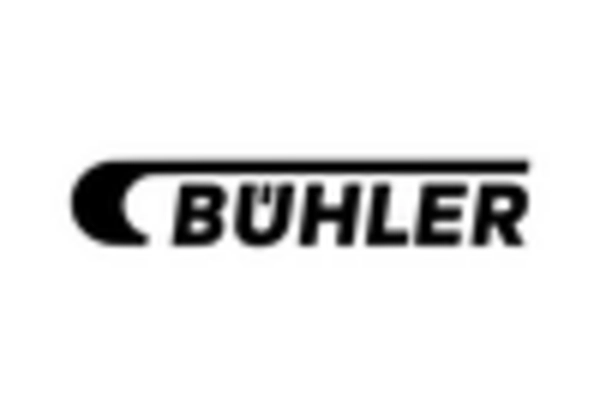
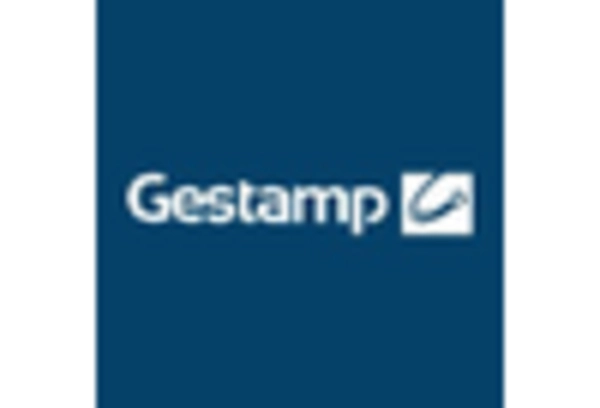
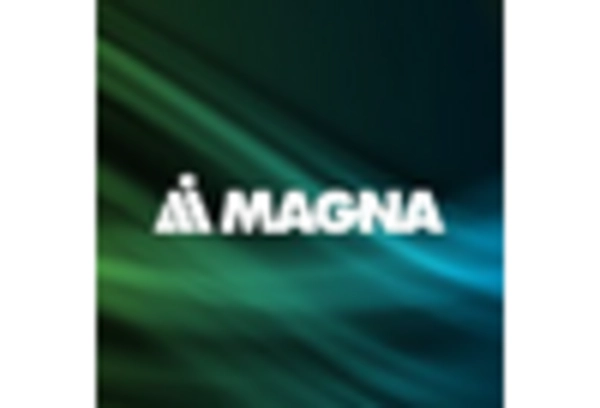
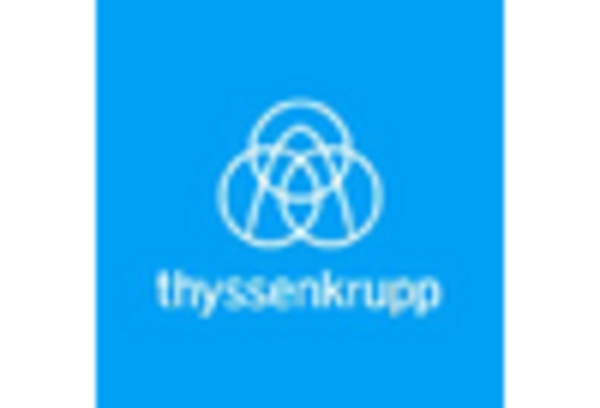









Leave a Comment